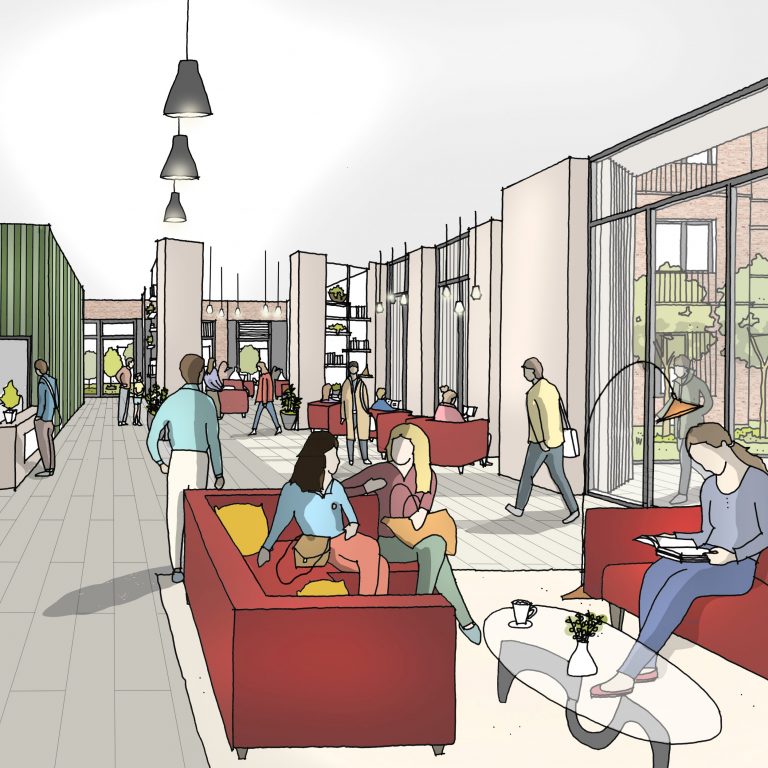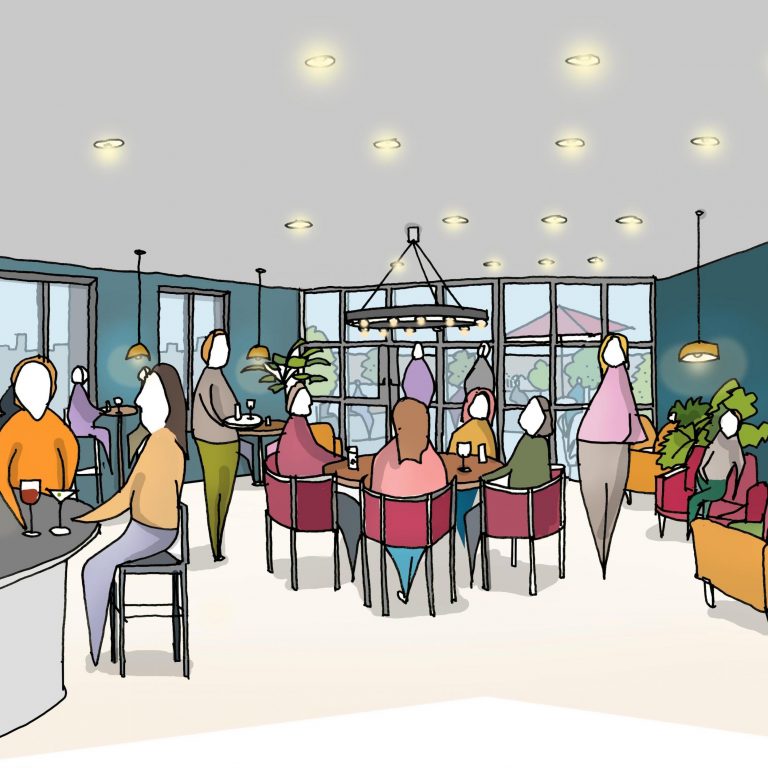Let’s talk about loneliness
This week is Loneliness Awareness Week – launched by the Marmalade Trust to encourage an open conversation around loneliness – and it reminds us that we must never lose sight of the impact of architecture and design on people’s wellbeing.
According to government statistics, 2.4m adults in the UK suffer from chronic loneliness, and people who rent feel lonelier than others. Among the older population, the prevalence of loneliness is even greater, with the Campaign to End Loneliness finding that half (51 percent) of all people aged-75 and over live alone.
This has been brought into even sharper realisation by Covid-19, as people have been left isolated, sometimes without friends, family or support.
What’s clear is that we need to be creating better homes, ones that foster community within their local neighbourhoods.
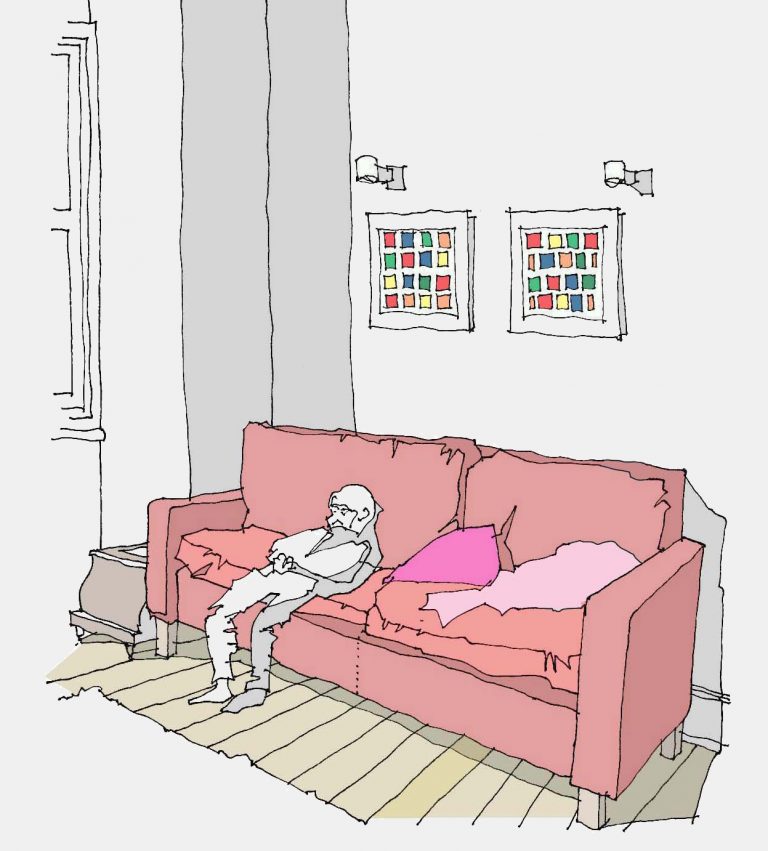
This is an important part of the ethos of developments such as Build to Rent, co-living or later living schemes, that are designed, developed and managed specifically to enhance locality and community spirit. Through the careful provision of amenity spaces that encourage community activity and events, and the provision of a thriving public realm, these homes can ensure people are brought together.
“The built environment has a huge impact on people’s mental health and wellbeing, and we know that even simple provisions of daylight, outdoor space and the introduction of nature into spaces can be greatly influential,” says Ben Channon, Head of Wellbeing.
Through his research into wellbeing, Ben has found that the comfort and quality of our homes, workspaces and public areas has a significant impact on our mental health and wellbeing, underlining the importance of creating places that encourage interaction, community and collaboration through purpose-built developments.
“As architects and designers, it’s our role to create places that encourage social interaction between people and allow them to forget the stresses of everyday life, whether it’s a friendly chat over a coffee, a game of pool, or watching a favourite film in a shared cinema room.”
At Assael, this is something that we’ve always strived for in our project work.
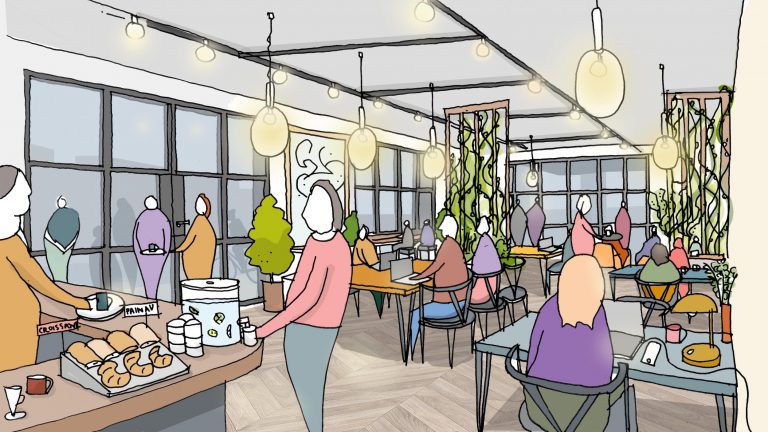
Co-Living communities
In co-living developments, the amenity offering is core to creating that community. At Garratt Mills, our scheme for The Collective, there’s co-working spaces, large ‘Masterchef’ style kitchens and dining areas, a gym, library, cinema room, ‘the Hub’ as the main focal point of the entrance, and adaptable spaces that can be transformed for a variety of activities and events.
“Part of the attraction of being a young professional in a new neighbourhood is the opportunity to try new things and meet new people. With co-living, such as at Garratt Mills, we’ve curated spaces that not only foster interaction within the building, but also draw in the local neighbourhood so that residents and the wider community merge,” says associate Ed Sharland.
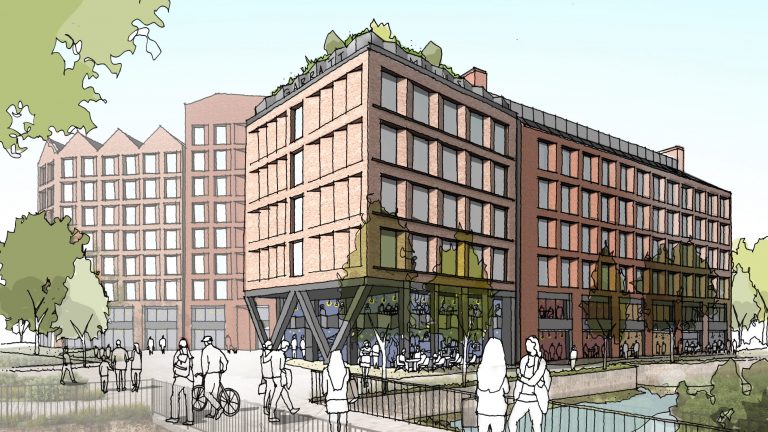
Intergenerational offerings
As well as providing services and design that encourage communication with others, bringing in a mix of demographics is key as well. At Union Wharf, a Build to Rent development for Essential Living, we designed the project as an intergenerational development, not only suitable for young professionals and couples, but for young families as well. We design child-specific spaces, such as workshops and play areas, grow-your-own allotment gardens as an activity and well as a learning opportunity, and space at the bottom to house a nursery.
“Intergenerational homes such as Union Wharf are key to providing community and drawing the locality in. Through opening up the ground floor to a nursery, we designed a useful resource for the local community and created opportunities for residents to get to know their neighbours,” says Félicie Krikler, director.
By providing these spaces, Assael seeks to create more diverse communities. Not only is this essential for young people for learning opportunities, and for families, but also for older people. Through the curation of intergenerational-led built-to-rent and later living schemes, this can be achieved.
“Intergenerational living is a concept that we’re using to inform our designs for ‘later living’ as well, to help combat loneliness and isolation and to ensure our older population are as part of their community as a five-year-old is.”
Although the shared spaces and amenities aren’t fully being used as envisaged at the moment, places that are truly ‘home’ enable friendships and a support network, so whether you’re in need of a (socially distanced) chat or need someone to help you with the groceries, that community is right there on your doorstep.
